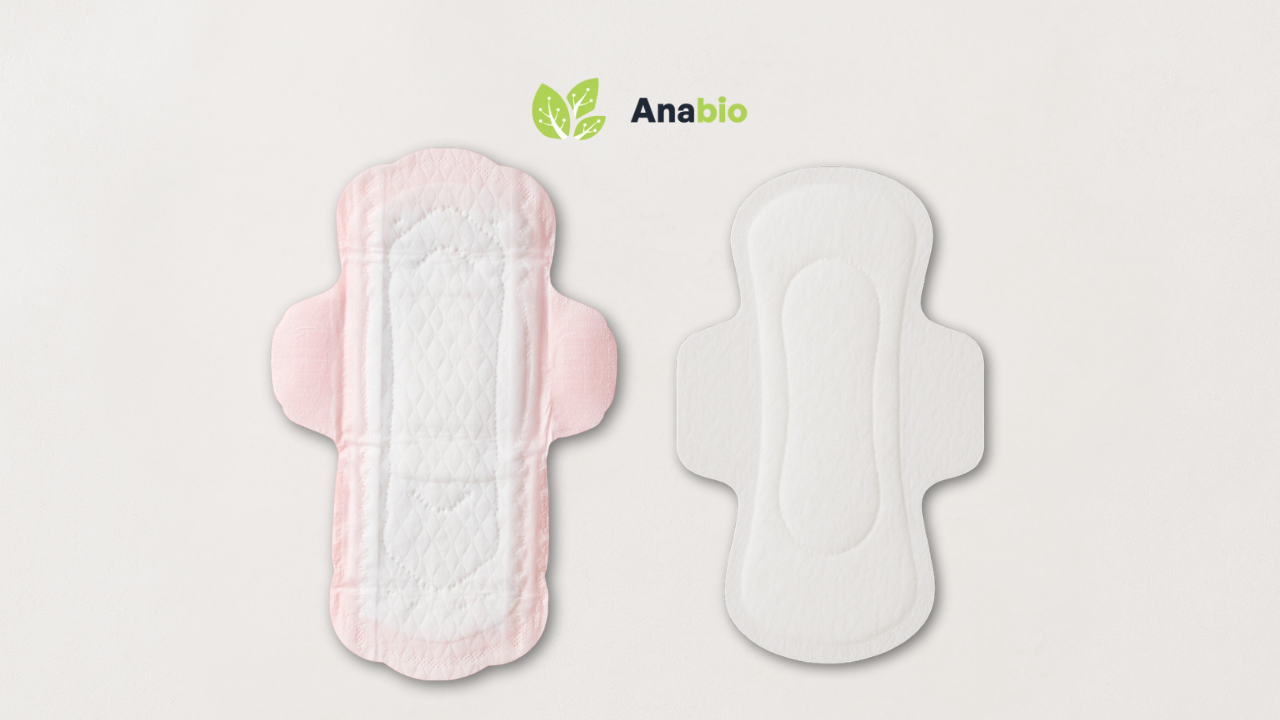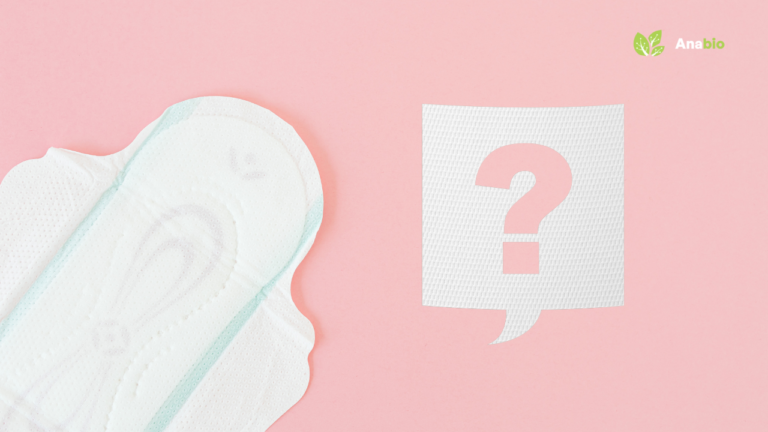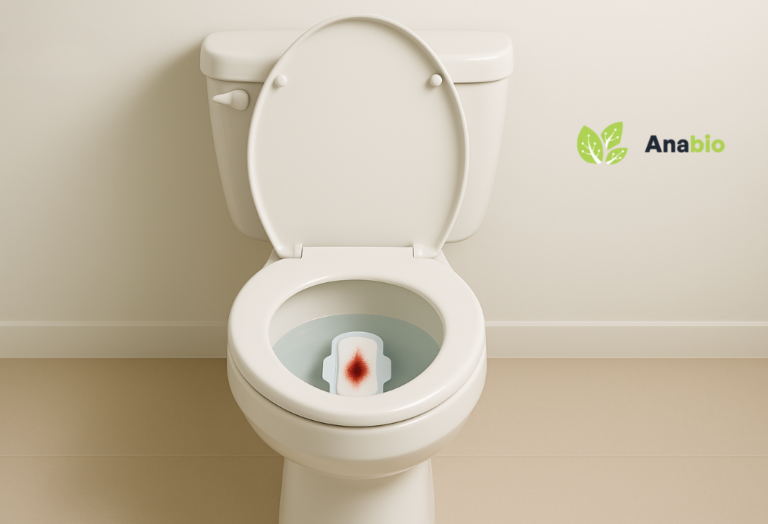Flushable Sanitary Pads vs. Traditional Pads: What is the difference?
The conversation around menstrual hygiene has come a long way beyond the ease of use and availability of the product. In recent years, the focus has shifted to sustainability, and the consumers are becoming more aware of the environmental burden caused by sanitary products.
Every month, millions of pads end up in landfills, adding to the burden on the environment but what if there was a smarter alternative?
Flushable sanitary pads promise both convenience and sustainability, but how do they really compare to traditional pads?
What Are Traditional Sanitary Pads?
Sanitary pads have been around since the late 19th century, when women shifted from using cloth rags and homemade solutions to the first disposable options. Initially manufactured with cotton and gauze, later they were highly engineered products consisting of synthetic ingredients to add comfort and absorbency.
The majority of commercially sold pads today are made of plastic and non – biodegradable materials. This is taking a heavy toll on the environment.
Do you know how long a plastic pad stays on the planet?
Traditional pads take 500-800 years to decompose because they contain a lot of plastic. With billions of pads going to waste annually, they are a large part of landfill contributions and microplastic pollution.
What Are Flushable Sanitary Pads?
Flushable pads look, feel, and work just like regular pads/traditional pads, so you don’t have to compromise on comfort or protection. However, they bring several added benefits, including –
Looks and Feels Like a Regular Pad: You get the same absorbency, softness, and comfort you expect from a traditional pad, so switching to flushable pads doesn’t mean compromising on performance.
Flushable and toilet-safe: These pads are designed to be safely flushed down the toilet, making disposal convenient and hygienic. Unlike regular pads, there’s no need to wrap and throw them away, reducing the time and effort.
Environmentally friendly: Flushable pads are made from plant-based and biodegradable polymers. This means they break down naturally after disposal, reducing the environmental burden compared to conventional pads made from plastic and non-biodegradable materials.
Gentle on the body: The use of natural, biodegradable materials makes these pads safer for sensitive skin, minimizing irritation or discomfort that some synthetic pads may cause.
Convenience: For those who travel, work long hours, or prefer hassle-free menstrual care, flushable pads offer a convenient solution without compromising hygiene or sustainability.
Environmental Impact: Flushable vs. Traditional Flushable Pads
The biggest difference between flushable and traditional pads lies in environmental impact. Traditional pads can take hundreds of years to decompose due to their plastic content. In addition, improper disposal of traditional pads or flushing them can cause plumbing issues, block sewage systems, and contribute to water and soil pollution.
Final Takeaway
Both traditional and flushable pads are useful for menstrual hygiene, offering comfort, absorbency, and leak protection. The key differences lie in disposal, environmental impact, and convenience. Flushable pads provide a modern, eco-friendly solution for those who want the same level of comfort while reducing their environmental footprint.
Ultimately, the choice comes down to personal preference, lifestyle, and environmental considerations. By understanding the differences, users can make informed decisions that align with their choices while staying protected and comfortable during their menstrual cycles.




